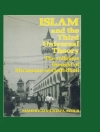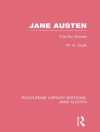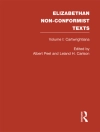In this first serious study of Hanshan (“Cold Mountain”), Paul Rouzer discusses some seventy poems of the iconic Chinese poet who lived sometime during the Tang dynasty (618–907). Hanshan’s poems gained a large readership in English-speaking countries following the publication of Jack Kerouac’s novel The Dharma Bums (1958) and Gary Snyder’s translations (which began to appear that same year), and they have been translated into English more than any other body of Chinese verse.
Rouzer investigates how Buddhism defined the way that believers may have read Hanshan in premodern times. He proposes a Buddhist poetics as a counter-model to the Confucian assumptions of Chinese literary thought and examines how texts by Kerouac, Snyder, and Jane Hirshfield respond to the East Asian Buddhist tradition.
Tabla de materias
Preface and Acknowledgments
Introduction | Who Gets to Climb Cold Mountain?
Part One | The Poet
1. Who Was Hanshan?
2. Who Was Hanshan, Again?
Part Two | The Poems
3. Juxtapositions
4. At Home and Abroad
5. Tropes
6. Satire
Part Three | Reading Buddhists
7. Who Gets to Climb the Matterhorn?
Afterword
Notes
Glossary
Bibliography
Index
Sobre el autor
Associate professor of Chinese language and literature, University of Minnesota; author of A New Practical Primer of Literary Chinese (Harvard University Asia Center, 2007), Articulated Ladies: Gender and the Male Community in Early Chinese Texts (Harvard University Asia Center, 2001), and Writing Another’s Dream: The Poetry of Wen Tingyun (Stanford University Press, 1993).












